Image of 1952 Aston Martin Db2, Note: These illustrations use artistic license and may differ from actual historical models.
Performance Metrics
Fundamental Metrics
Emotional Appeal
MMP Rating
| Engine Specifications | |
|---|---|
| Engine: | 2.6 L Lagonda I6 |
| Displacement: | 2.6 L (2580 cc) |
| Horsepower: | 105-125 hp |
| Torque: | Estimated 130 lb-ft |
| Compression Ratio: | 8.16:1 |
| Ignition System: | Coil ignition |
| Cooling System: | Water-cooled |
| Performance Specifications | |
| 0-60 Time: | 11.2 seconds |
| 1/4 Mile Time: | Estimated 18 seconds |
| Top Speed: | 116 mph |
| Transmission and Drive | |
| Drive Type: | Rear-wheel drive |
| Transmission Type: | 4-speed manual |
| Fuel and Efficiency | |
| Fuel System Type: | Twin SU carburetors |
| MPG: | Estimated 20-25 mpg |
| Dimensions and Brakes | |
| Brakes: | Drum brakes |
| Wheelbase: | 99 in |
| Weight: | 2,700 lbs |
Note: Specifications for classic cars are given to the best of our ability, considering the limited and variant data available.
Introduction
With a legacy that intertwines with the very essence of British motoring elegance, the 1952 Aston Martin DB2 stands as a testament to automotive craftsmanship. Born from the storied workshops of Aston Martin, a marque synonymous with luxury and performance, this vehicle emerged during a post-war era hungry for innovation. Not merely content to exist as another handsome car, the DB2 carved its niche by introducing the world to what would become a legendary bloodline of grand tourers. A particularly unique fact about this model is its success at the 24 Hours of Le Mans, where it secured a class win in 1950, setting the stage for Aston Martin's racing pedigree.
Design and Innovation
The exterior styling of the 1952 Aston Martin DB2 is nothing short of sculptural poetry in motion. Its sleek lines and pronounced grille exude an aura of speed and sophistication that was ahead of its time. Inside, occupants were greeted with sumptuous leather and fine materials that spoke to the vehicle's grand touring aspirations. Technologically, it featured innovations like its dual overhead-cam straight-6 engine derived from the W.O. Bentley-designed Lagonda unit. Color options ranged from subdued hues to vibrant tones, with Almond Green being a popular choice that complemented its elegant curves. The DB2 was offered in both coupe and drophead styles, with the Fixed Head Coupe being particularly sought after for its sporty yet refined silhouette.
Historical Significance
The 1952 Aston Martin DB2's impact on automotive design cannot be overstated. It set a new standard for what a sports car could be, blending performance with luxury in a way few had managed before. This model stood apart from its contemporaries through its race-bred engineering and bespoke craftsmanship, elements that would influence Aston Martin designs for decades to come.
Performance and Handling
On the road, the DB2 delivered exhilarating performance with a top speed approaching 117 mph and capable of sprinting from 0-60 mph in under 11 seconds—a remarkable feat for its time. Handling was precise and responsive, allowing drivers to confidently navigate both winding country lanes and open stretches of motorway. The symphony of its inline-6 engine provided an acoustic backdrop that was music to any enthusiast's ears, while the tactile feedback through the steering wheel connected driver and machine in harmonious balance.
Ownership Experience
The DB2 was versatile enough to serve as a daily driver or as an elegant showpiece at concours events. Its reliability was commendable for a car of its era, though modern owners should expect maintenance reflective of its age and pedigree. While not overly complex mechanically, sourcing parts may require dedication due to its rarity.
Fun Facts
Astonishingly rare editions like the DB2 'Washboard' and 'Three Grille' models add intrigue to this model's history. Celebrity ownerships have included individuals like racing legend Sir Stirling Moss. The DB2 has also set records in auction houses for its desirability among collectors.
Collector's Information
The current value range for a well-maintained 1952 Aston Martin DB2 can vary greatly but typically falls between $200,000 and $400,000 depending on provenance and condition. With only 411 units produced across all variants, it remains a rare find on the market today. Price trends suggest an appreciation in value as collectors seek out these iconic pieces of automotive history.
Conclusion
The 1952 Aston Martin DB2 is more than just a classic car; it is a piece of motoring heritage that continues to captivate enthusiasts around the globe. Its blend of performance, luxury, and timeless design ensures that it remains an enduring symbol of Aston Martin's storied legacy.
1952 Aston Martin Db2 Catalog of Parts
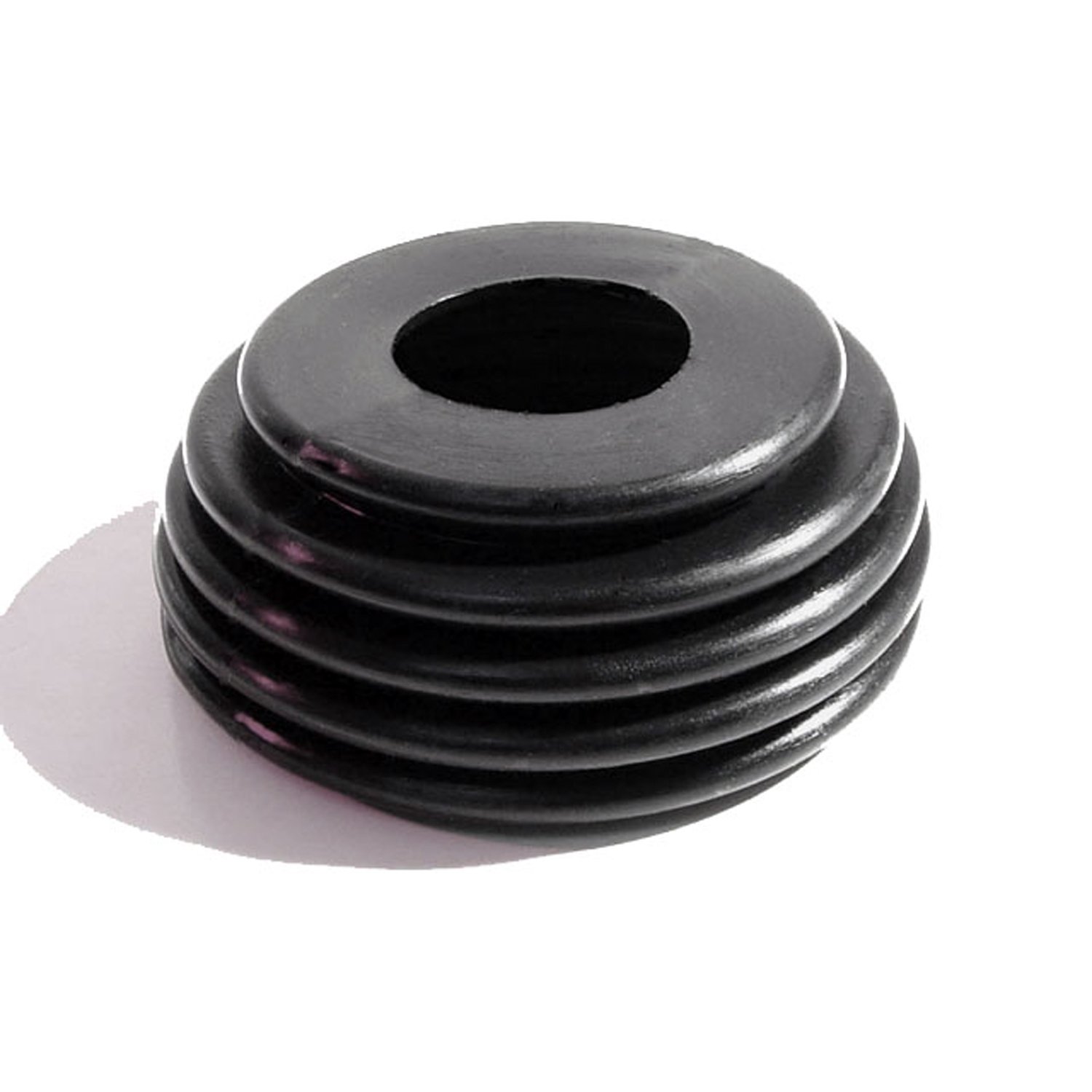 1952 Aston Martin DB2 Steering Column Dust Seal at Firewall-BL 5Steering Column Dust Seal at Firewall. 1-1/8" wide hole at top, 4-1/2" O.D. at base. Replaces AM part #50999. Each
1952 Aston Martin DB2 Steering Column Dust Seal at Firewall-BL 5Steering Column Dust Seal at Firewall. 1-1/8" wide hole at top, 4-1/2" O.D. at base. Replaces AM part #50999. Each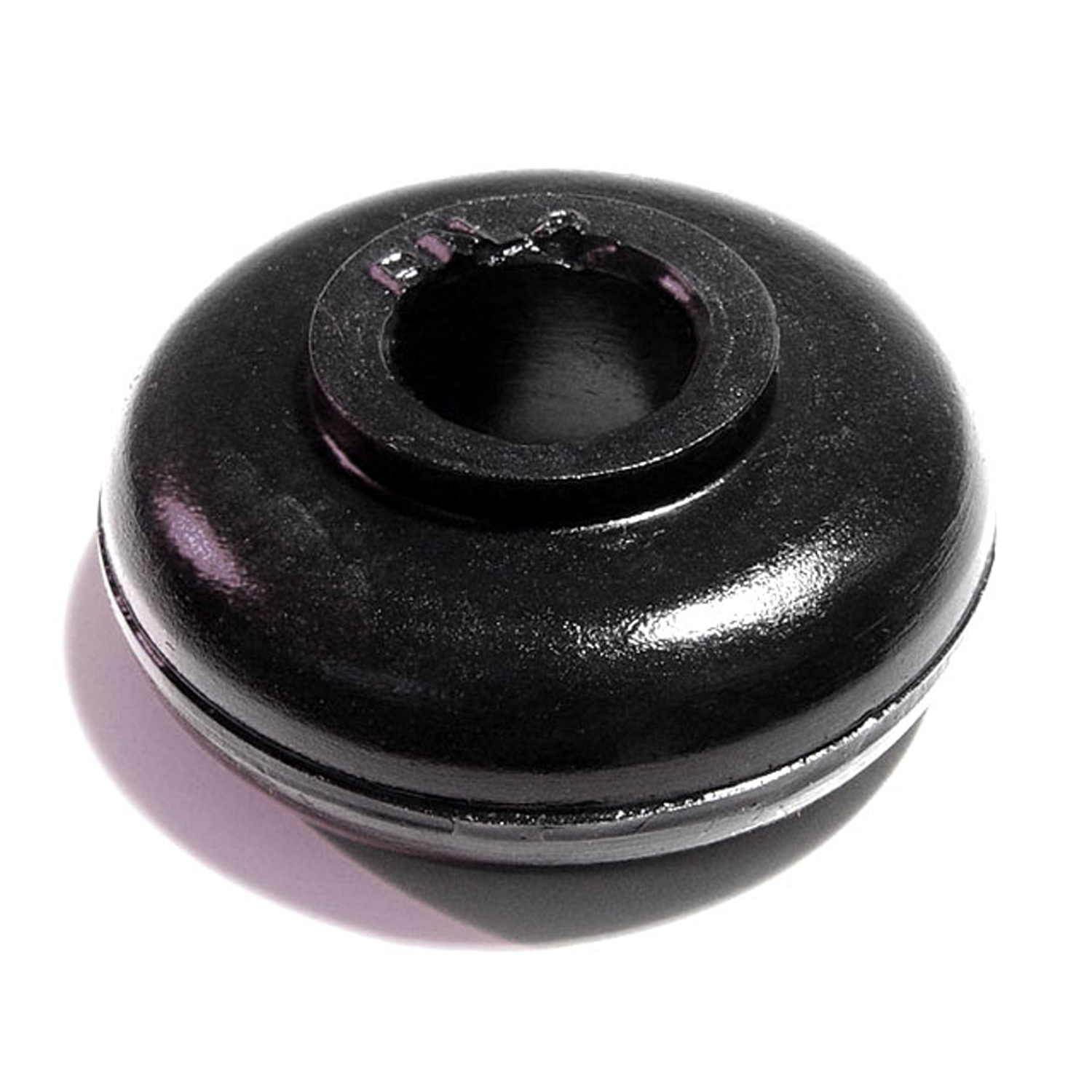 1952 Aston Martin DB2 Roll Bar Bushing. 1/2" high, with 1/2" hole. Each-BN 2Roll Bar Bushing. 1/2" high, with 1/2" hole. Each
1952 Aston Martin DB2 Roll Bar Bushing. 1/2" high, with 1/2" hole. Each-BN 2Roll Bar Bushing. 1/2" high, with 1/2" hole. Each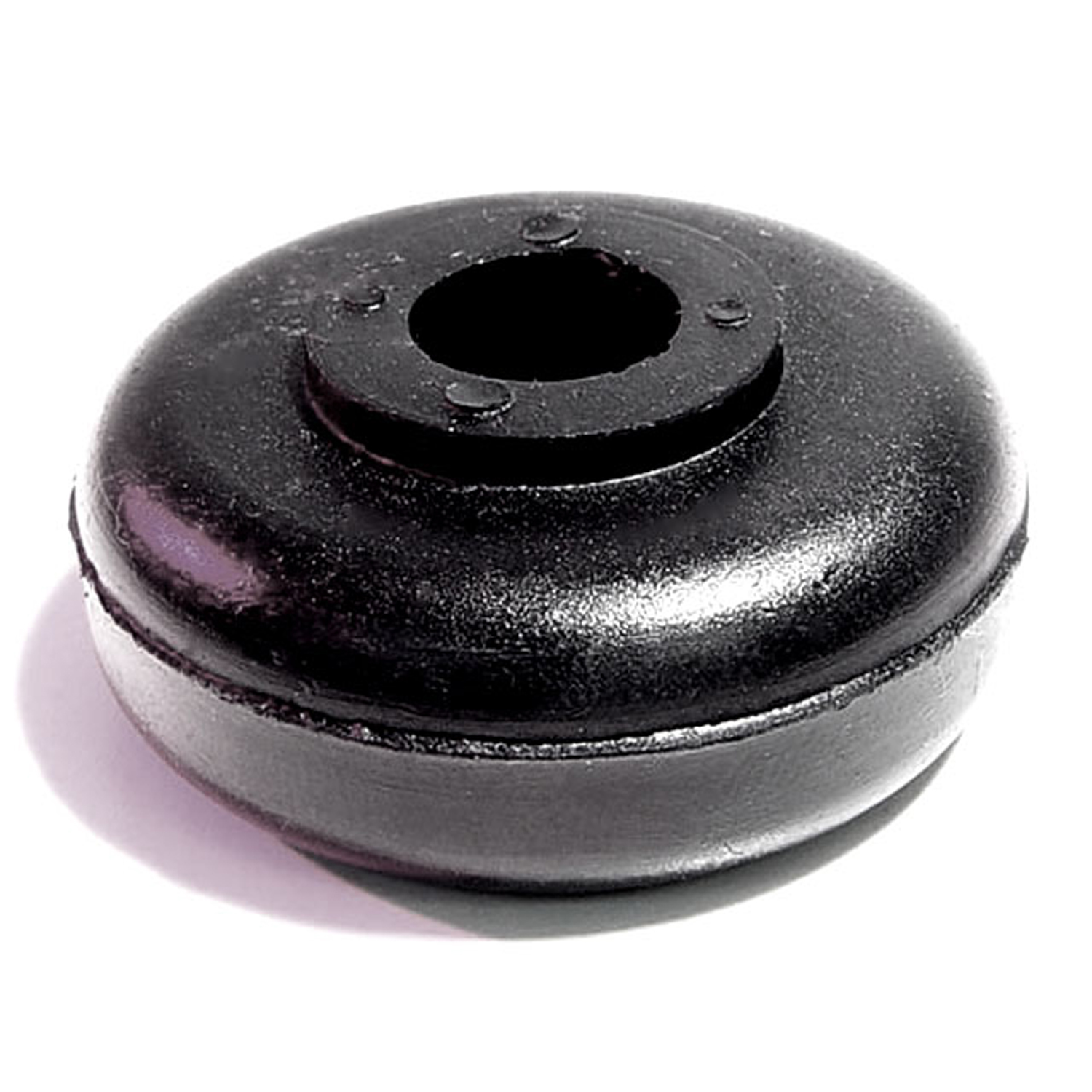 1952 Aston Martin DB2 Shock Grommet. 9/16" high, 3/8" hole. Each-BN 2-AShock Grommet. 9/16" high, 3/8" hole. Each
1952 Aston Martin DB2 Shock Grommet. 9/16" high, 3/8" hole. Each-BN 2-AShock Grommet. 9/16" high, 3/8" hole. Each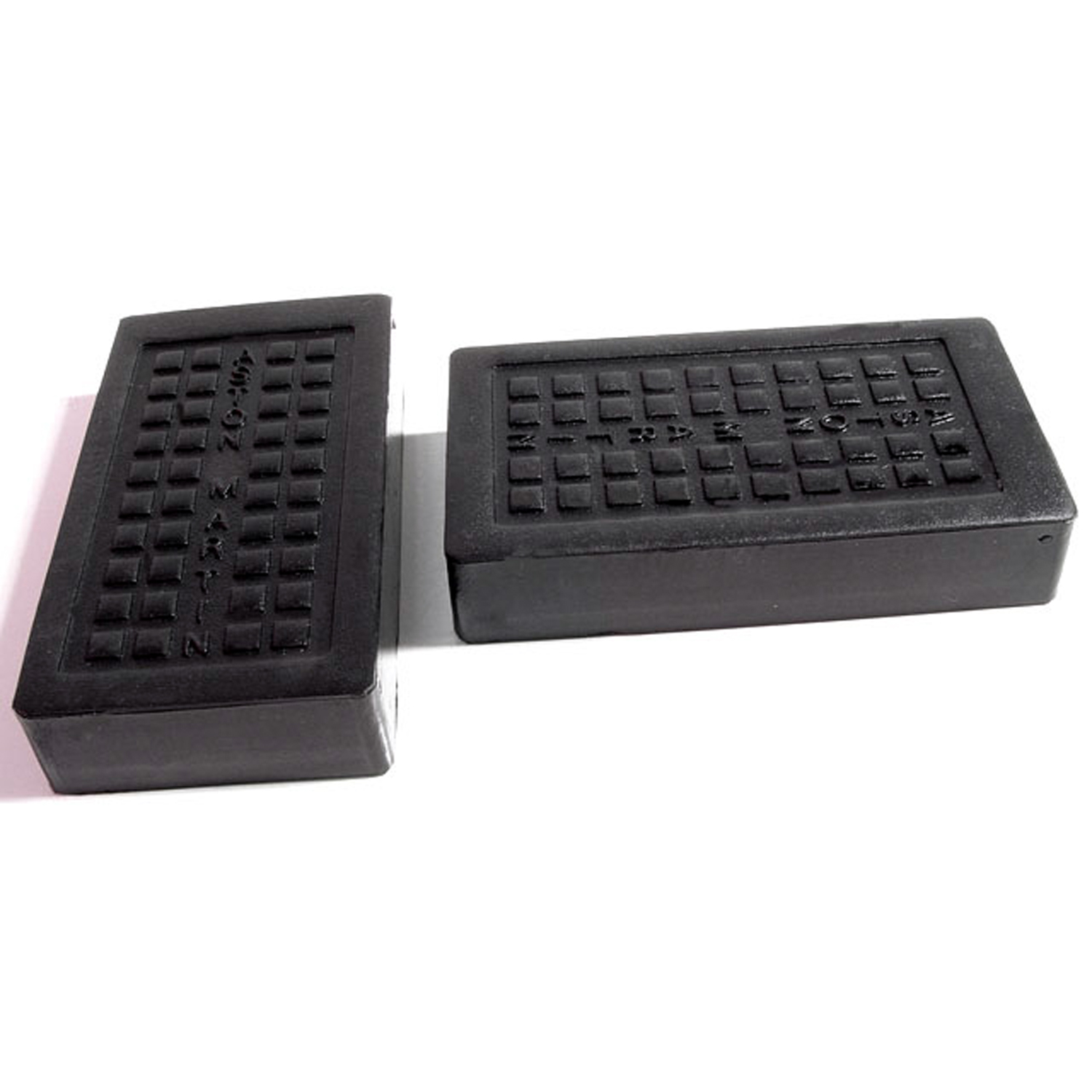 1952 Aston Martin DB2 Clutch and Brake Pedal Pads. Perfect reproduction-CB 175Clutch and Brake Pedal Pads. Perfect reproduction. 1-3/4" wide X 3-1/4" long. Pair
1952 Aston Martin DB2 Clutch and Brake Pedal Pads. Perfect reproduction-CB 175Clutch and Brake Pedal Pads. Perfect reproduction. 1-3/4" wide X 3-1/4" long. Pair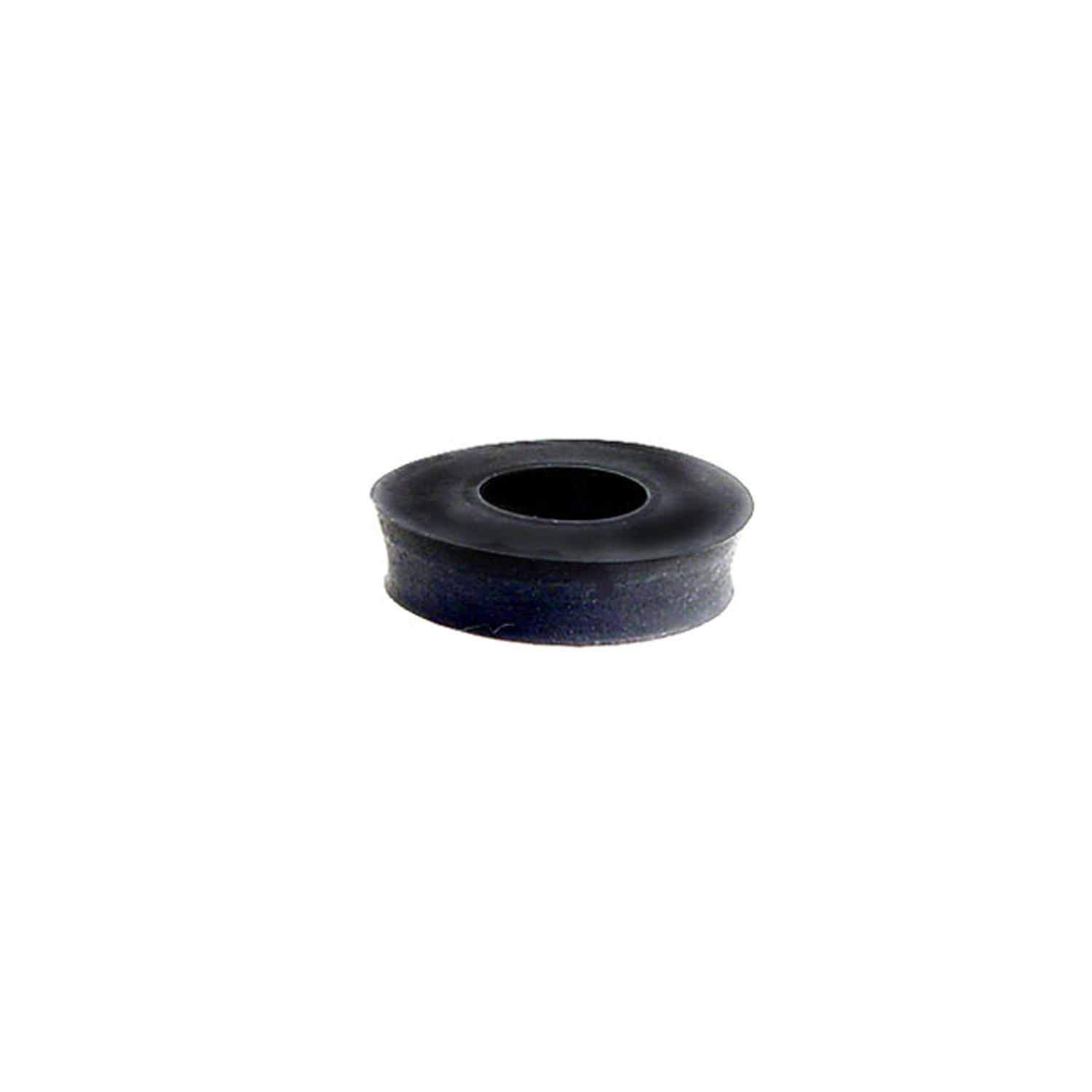 1952 Aston Martin DB2 Radiator Rod Cushion. 1/4" thick, 3/8" hole, 1" O.D-RA 1Radiator Rod Cushion. 1/4" thick, 3/8" hole, 1" O.D. Eight used per car. Each
1952 Aston Martin DB2 Radiator Rod Cushion. 1/4" thick, 3/8" hole, 1" O.D-RA 1Radiator Rod Cushion. 1/4" thick, 3/8" hole, 1" O.D. Eight used per car. Each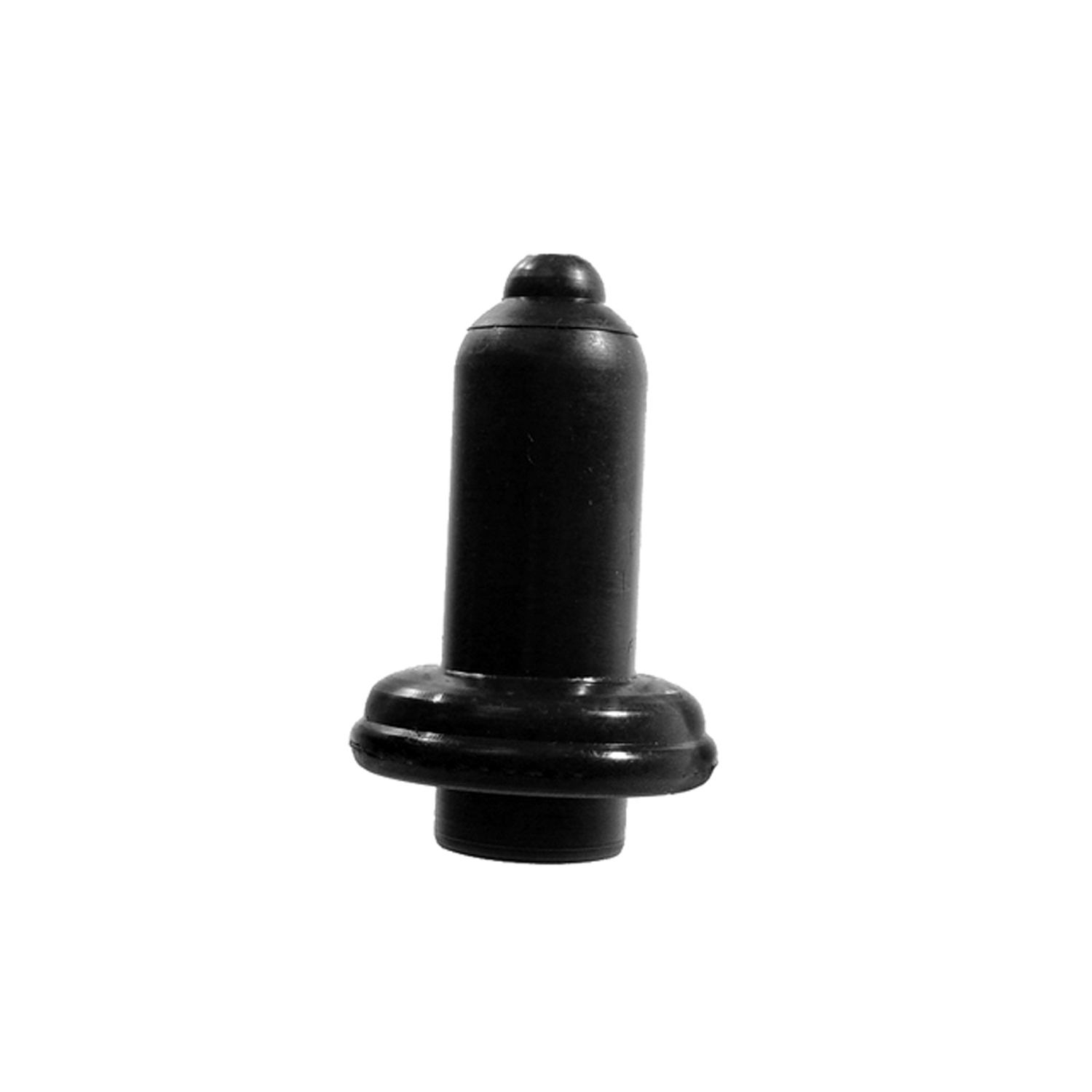 1952 Aston Martin DB2 Spark Plug Boot. Each-RP 1-ZSpark Plug Boot. Each
1952 Aston Martin DB2 Spark Plug Boot. Each-RP 1-ZSpark Plug Boot. EachWhy Choose Metro?
For over 100 years, Metro Moulded Parts has been the pinnacle of quality in classic car restoration parts. Our commitment to precision and authenticity in every component ensures a perfect fit and an OEM-level appearance.
- Expert Craftsmanship & Quality: Each part is a testament to our dedication to reliability and perfection, crafted from original designs and thoroughly tested.
- Advanced Technology: We use cutting-edge techniques to create flawless, long-lasting parts that surpass others in performance.
- SuperSoft Sponge – The Ultimate Door Seal: Not only are our door seals 30% softer than competitors', but they're also guaranteed to never leak. They effectively reduce wind and road noise, enhancing your classic car's comfort and driving experience.
- Proudly American: Our parts are a product of American craftsmanship, made in the USA with a spirit of excellence and heritage.
- Unrivaled Warranty: We back our products with a 30-year industry-leading warranty, a testament to our confidence in their quality.
Join us in preserving the legacy of classic cars with parts that are crafted for perfection, not just made.

